Top Things to Know Before Buying Prefab Sheds: A Comprehensive Guide
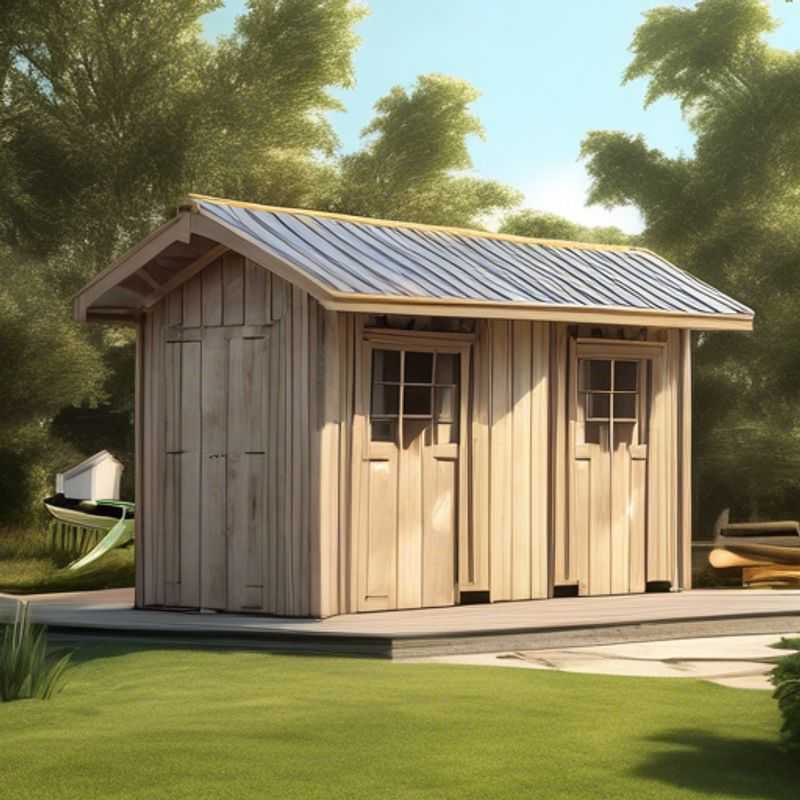
7 Key Considerations Before Buying a Prefab Shed: A Guide for Informed Decisions
Planning to add a prefab shed to your backyard? It's a great way to create extra storage space, a workshop, or even a cozy hangout spot. But before you start browsing online catalogs, there are a few important things to consider to ensure a smooth and successful purchase.
1. Measure Your Space:

Measure Up: How to Ensure Your Shed Fits Perfectly in Your Yard
When planning to install a shed, it's crucial to measure the available space in your yard to ensure the shed fits properly. Start by determining the area where you want to place the shed. Use a measuring tape to measure the length and width of the space, accounting for any obstacles like trees or fences that could affect placement. Make sure to leave adequate clearance around the shed for maintenance and ventilation.
It's also important to consider local zoning laws and regulations, as these may dictate the maximum size of the shed and its location on your property. Some areas may require a building permit, which can incur additional costs. Additionally, if you need to prepare the ground by leveling it or laying a foundation, these activities may require professional help, adding to your overall expenses.
Lastly, always think about the accessibility of the shed for future use. Ensuring that the location is convenient for your needs will enhance your workflow and make the shed more functional in the long run. By taking the time to measure and plan correctly, you can avoid costly mistakes and ensure your shed serves its purpose effectively.
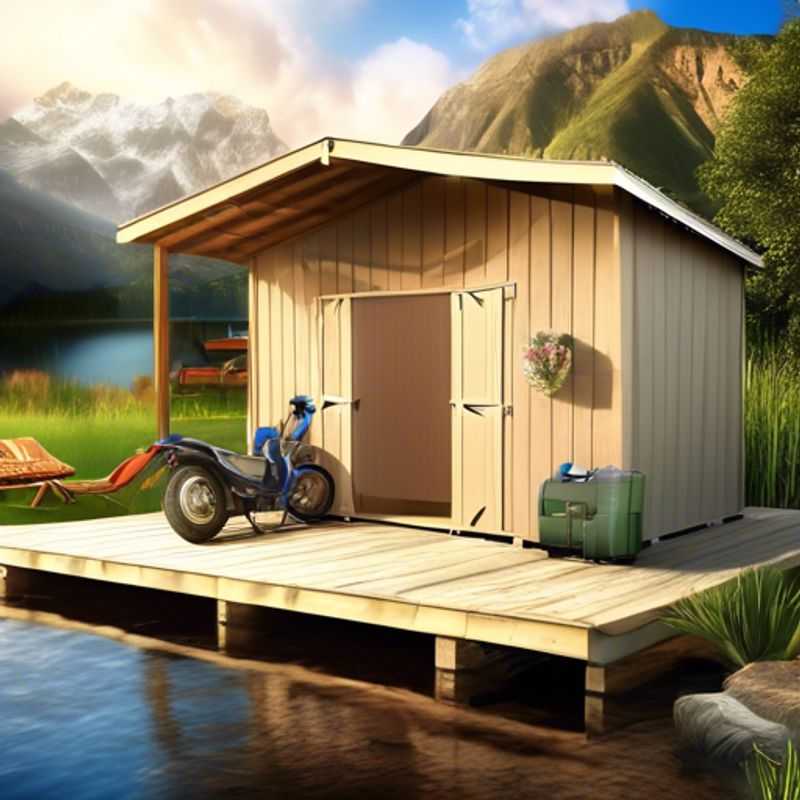
Building Your Dream Shed: Exploring Prefab Materials and Construction
Prefab sheds offer a quick and convenient way to add extra space to your property. But with so many options available, it can be overwhelming to choose the right materials and construction methods. Let's break down some of the most common choices:
Materials:
Wood: The most traditional option, wood is affordable, easy to work with, and offers a natural aesthetic. However, it requires regular maintenance to prevent rot and insect damage.
Metal: Metal sheds are durable, low-maintenance, and resistant to pests. They also come in various colors, allowing for customization. However, they can be more expensive than wood and may be susceptible to rust in humid environments.
Vinyl: Vinyl sheds are virtually maintenance-free, water-resistant, and fade-resistant. They also offer good insulation, making them a suitable choice for year-round use. However, they may be less durable than wood or metal and can be more costly.
Construction Methods:
Modular: Modular sheds are built in sections at a factory and assembled on-site. This method offers faster construction times and increased accuracy. However, it may require professional installation and can be more expensive.
Panel: Panel sheds are built using pre-made wall and roof panels that are assembled on-site. This method is generally less expensive than modular construction and can be done by DIY enthusiasts. However, it may require more time and effort for assembly.
When considering the cost of a prefab shed, don't forget about the potential for additional expenses such as:
- Delivery fees
- Foundation preparation
- Permit fees (if required)
- Professional installation (if needed)
Choosing the right materials and construction method depends on your specific needs, budget, and intended use of the shed. Researching different options and consulting with local professionals can help you make an informed decision.
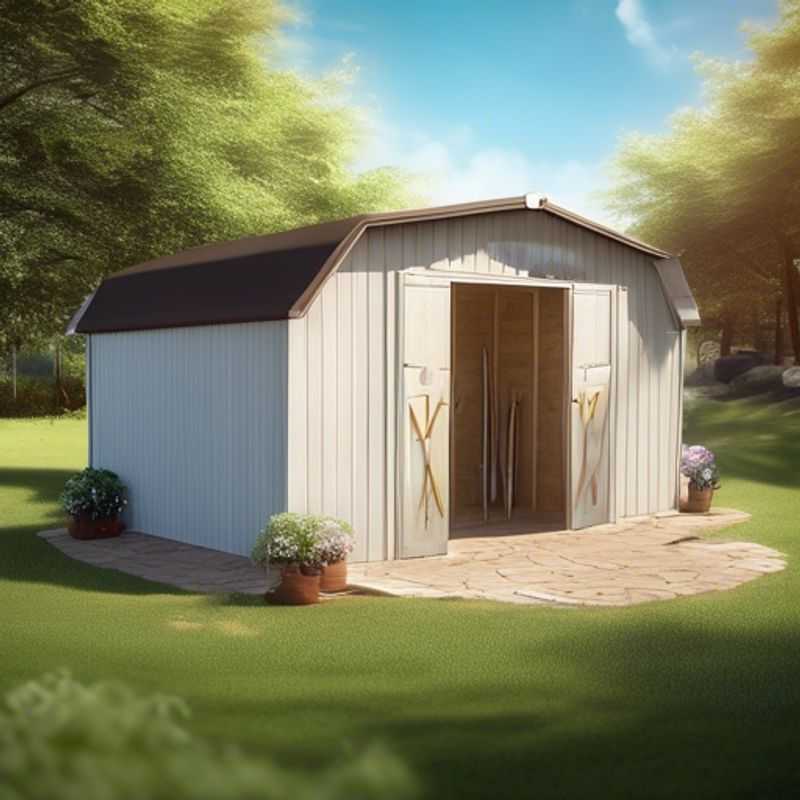
Don't Be Caught Off Guard: Checking Warranties and Return Policies
Before you buy any product, especially a big-ticket item, take a few minutes to understand the warranty and return policy. This can save you a lot of headaches down the line.
The warranty is the manufacturer's promise to repair or replace a product if it has defects. The return policy is the store's policy on returning products.
Here are some key things to look for:
* Warranty length: How long is the warranty valid for? This can vary from a few months to a few years.
* Coverage: What does the warranty cover? Some warranties only cover defects in materials and workmanship, while others cover things like accidental damage.
* Return window: How long do you have to return a product?
* Restocking fees: Does the store charge a fee for returning a product?
It's always a good idea to read the fine print of the warranty and return policy before you buy anything. This will help you understand your rights and make sure you're not getting stuck with a defective product.
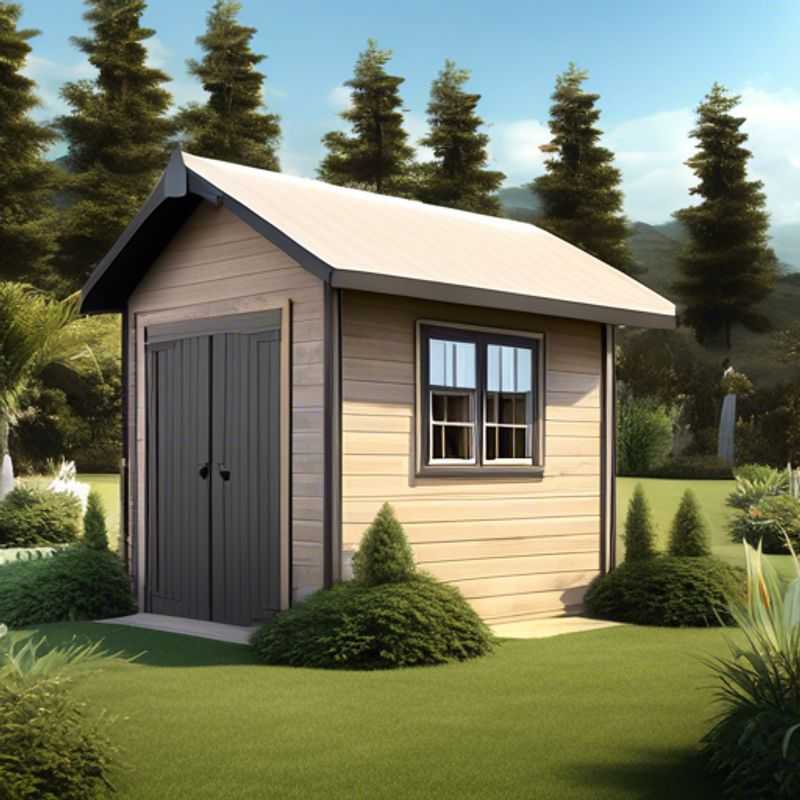
Your Shed, Your Style: Choosing an Aesthetic That Complements Your Property
Choosing the right shed aesthetic is crucial to ensure it complements your property and enhances its overall look. Here's a quick guide to consider:
Color and Material: Matching or contrasting the shed's color with your house's exterior can create a cohesive look. Consider the style of your home; a traditional home might benefit from a shed in a similar style, while a modern house could embrace a contemporary shed design. Popular materials include wood, vinyl, and metal, each offering distinct aesthetic qualities and durability.
Size and Placement: The size and placement of the shed are important factors to consider. A large shed might dominate a small yard, while a tiny shed could look out of place next to a sprawling home. Think about how the shed will affect the flow of your property and landscaping.
Windows and Doors: Windows and doors can add character and functionality to a shed. Consider windows for natural light and ventilation, and choose a door style that complements the overall aesthetic. If your shed will be used for storage, a sturdy and secure door is crucial.
Landscaping: Don't forget about the surrounding landscaping. A well-placed shed can enhance the flow of your yard. Consider planting trees, shrubs, or flowers around the shed to soften its appearance and blend it into the landscape.
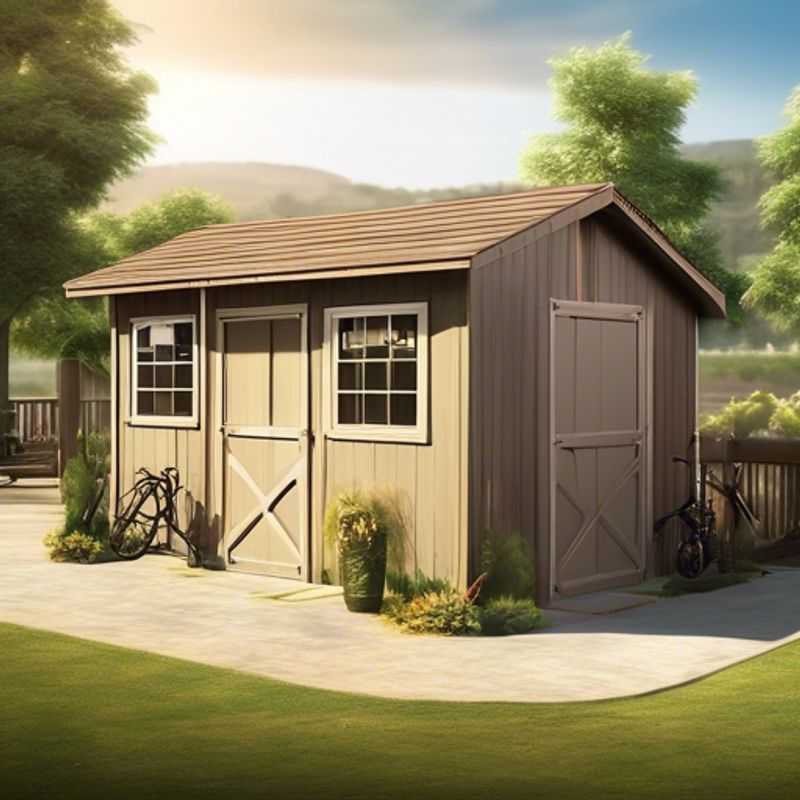
Assembling Your Purchase: Will You Need a Helping Hand?
When assessing the ease of assembly and whether you'll need additional help, consider these factors:
1. Assembly Instructions: Read through the instructions carefully. Are they clear and concise? Do they include diagrams or illustrations? If the instructions are poorly written or incomplete, you might need assistance.
2. Required Tools: Check the list of tools required for assembly. Do you have all the necessary tools? If not, you might need to purchase them or borrow them from someone. Consider the cost of these tools when budgeting for your project.
3. Complexity of the Assembly: How many parts are there? Are there intricate steps? If the assembly seems complex, it might be helpful to have someone with more experience assist you. This could involve a friend, family member, or even a professional assembler.
4. Your DIY Skills: Honestly assess your DIY skills. Are you comfortable working with tools and following instructions? If you're not confident in your abilities, it's better to seek help. Don't hesitate to ask for assistance.
5. Time Constraints: Consider the time you have available for assembly. If you're pressed for time, it might be wise to hire a professional assembler. This will save you time and potential stress.
6. Cost of Professional Assembly: Research the cost of professional assembly for the product you're purchasing. Factor this into your budget. Sometimes, the cost of professional assembly might be worth it if you value your time or lack the necessary skills.
Ultimately, the decision of whether to assemble something yourself or seek help depends on your individual circumstances. Weigh the factors above and choose the option that best suits your needs and abilities.
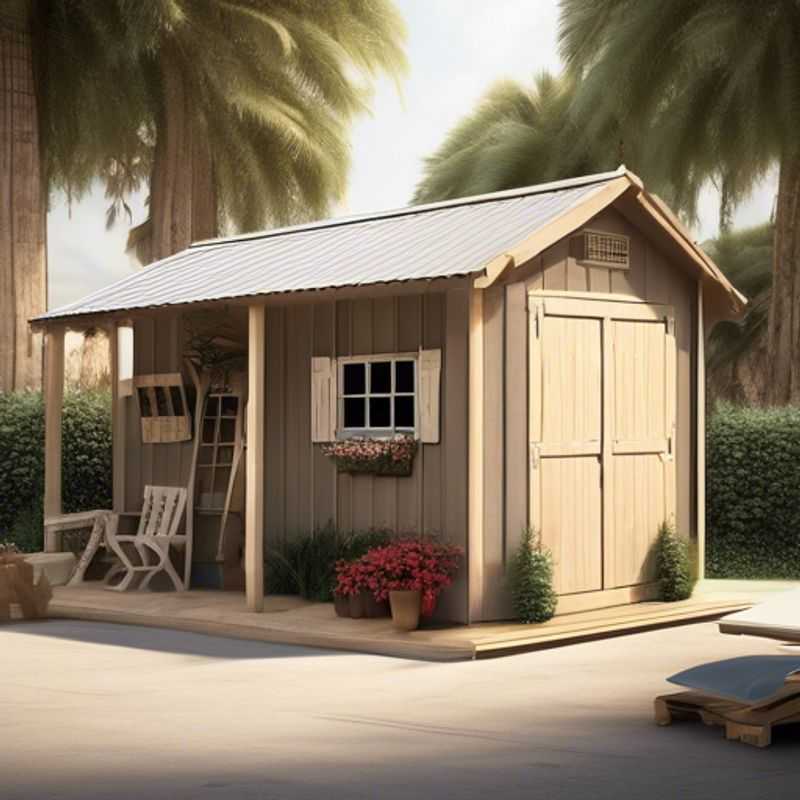
Don't Forget the Foundation: Planning for Site Prep and Foundation Costs
Before you start building anything, you need to make sure the ground is ready. This is where site preparation and foundation work come in. These might not be the most glamorous parts of a project, but they’re absolutely crucial for a stable and long-lasting structure. Here’s what you need to consider:
Site Preparation: This involves clearing the land, grading it to the right level, and dealing with any drainage issues. Depending on the terrain, this could mean removing trees, rocks, or topsoil. You might also need to install utilities like water, sewer, and electricity lines.
Foundation Work: This is the base of your structure. The type of foundation you need will depend on the soil conditions, the size and weight of the building, and local building codes. Common foundation types include concrete slabs, crawl spaces, basements, and piers.
Estimating Costs: These costs can vary widely depending on the project’s size, location, and the complexity of the work. It's best to get quotes from several contractors to compare prices. Remember, it's always better to invest a little more upfront for a solid foundation than to deal with problems later.
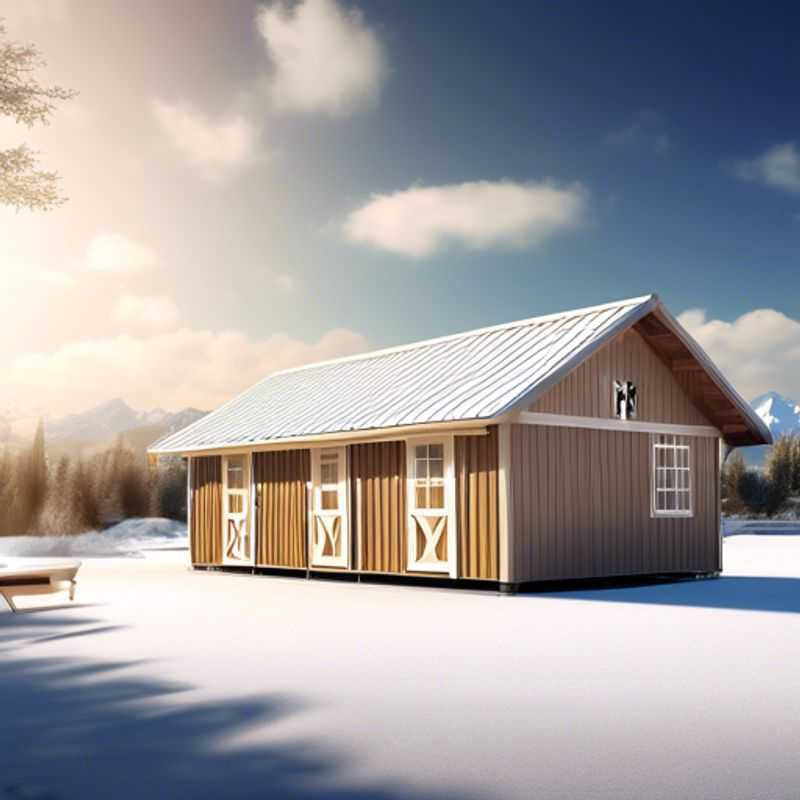
Building Code Savvy: Ensuring Your Shed Meets Local Rules
Before constructing a shed, it is crucial to ensure compliance with local building codes and any homeowner association (HOA) rules. These regulations often dictate the size, height, placement, and materials used in shed construction. Failure to adhere to these codes can result in fines, required removal of the structure, or complications when selling your property.
Start by consulting your local zoning office to understand specific requirements for sheds, which may include obtaining a permit. This process often involves submitting plans and possibly paying a fee. Additionally, check with your HOA, as they may have their own set of guidelines that could restrict colors, styles, or even the presence of a shed altogether.
When estimating your plan, consider potential costs related to permits, inspections, and any necessary modifications to meet these regulations. It’s wise to budget for these expenses to avoid surprises later. Always keep in mind that adhering to the local codes and HOA rules not only ensures a smoother construction process but also enhances the value and appearance of your property.
